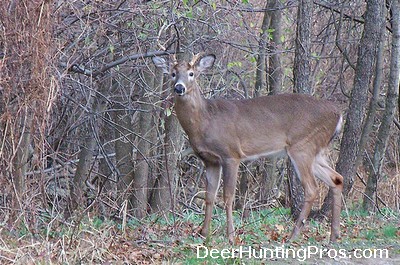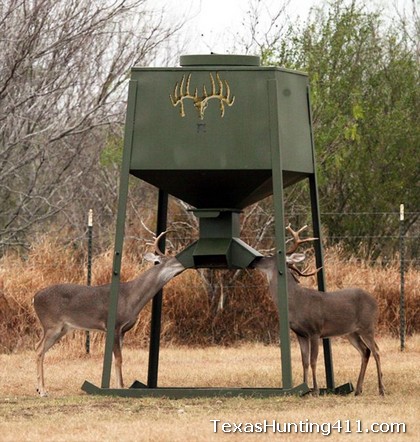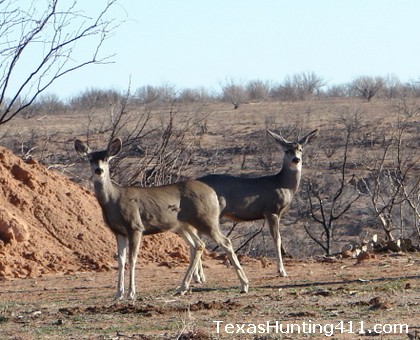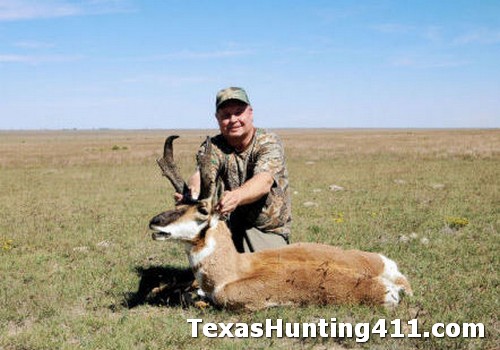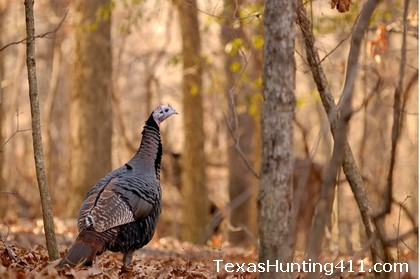The northern bobwhite quail is a highly social organism that uses vocalization as its primary means of communication within the various social units. These social units include pairs, broods and coveys. Though many bird species use vocalizations for establishing and defending territories, bobwhites are not considered territorial and instead focus their communication on attracting mates, coordinating group movements, and avoidance of predators. Instead of the hundreds of variations of an individual songbird’s song, for example the brown thrasher with its virtual musical library of about 3,000 documented song types, the bobwhite has about 13 or so recognized calls.
Examples of these recognized calls include the assembly or group-movement call, alarm call, food call, and reproduction call. The assembly call is the call that is listened for in the fall during a fall covey count and is described as hoy, hoy-poo, hoy-ee, or koi-lee. The assembly call is typically heard after a covey has been flushed or just prior to sunrise after the covey leaves its roosting site. This helps the flushed covey reassemble and perhaps helps the individual make a mental note about the location of the others as they spread out. The reproduction call, or cock call, is made in the spring and early summer following the seasonal covey break-up as individual males attempt to attract a female. This is the 2 or 3 syllable call that we all know as the bob-white, ah bob-white, or poor bob-white.
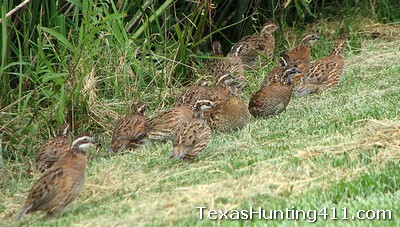
The reproduction call can begin as early as March, especially in the south, but the peak calling tends to be May and June. The reproduction call is the target of the breeding season or spring call count. Procedures for establishing and conducting a spring quail call count can be found in The Upland Game Bird Management Handbook for Texas Landowners. The following provides a brief summary of the quail call count and survey procedures.
- Several sites are located within the area that you are interested in surveying. The sites (points) should be at least ¾ of a mile apart to minimize the recording of overlapping calls. Each site should be permanently marked and noted on a map for annual surveying. If you cannot locate the sites at least ¾ of a mile apart on your property, then coordinate with your neighbors to include their properties.
- Print out and bring the standardized data sheets to record the approximate location and distance for individual male bobwhites that you detect. The data sheet represents an aerial map where you will attempt to plot the location of each calling male. Under good conditions and with good hearing, calls can be heard from 500+ yards.
- Arrive at the first site approximately 15 minutes prior to sunrise to start the first 10 minute detection period. Do not conduct the survey if the winds are greater than 6.5 mph, cloud cover is greater than 75%, it is raining, or if the weather is drastically changing. All of these conditions will affect the calling behavior and your ability to hear the calls.
- Record the detections during the 10 minute period at each site. Complete the survey of all sites within two hours after sunrise.
- An estimate of the number of bobwhites per acre can be calculated using a set of assumptions. The estimates and trends over time can be used to monitor the fluctuations from year to year or perhaps the responses to your habitat management practices. At a very minimum, conducting the survey will get you outside at sunrise when the day is at its best.
This article was written by Blake Hendon and originally appeared in Texas Parks and Wildlife Department “The Cedar Post” Volume 3, Issue 1, April 2013.
